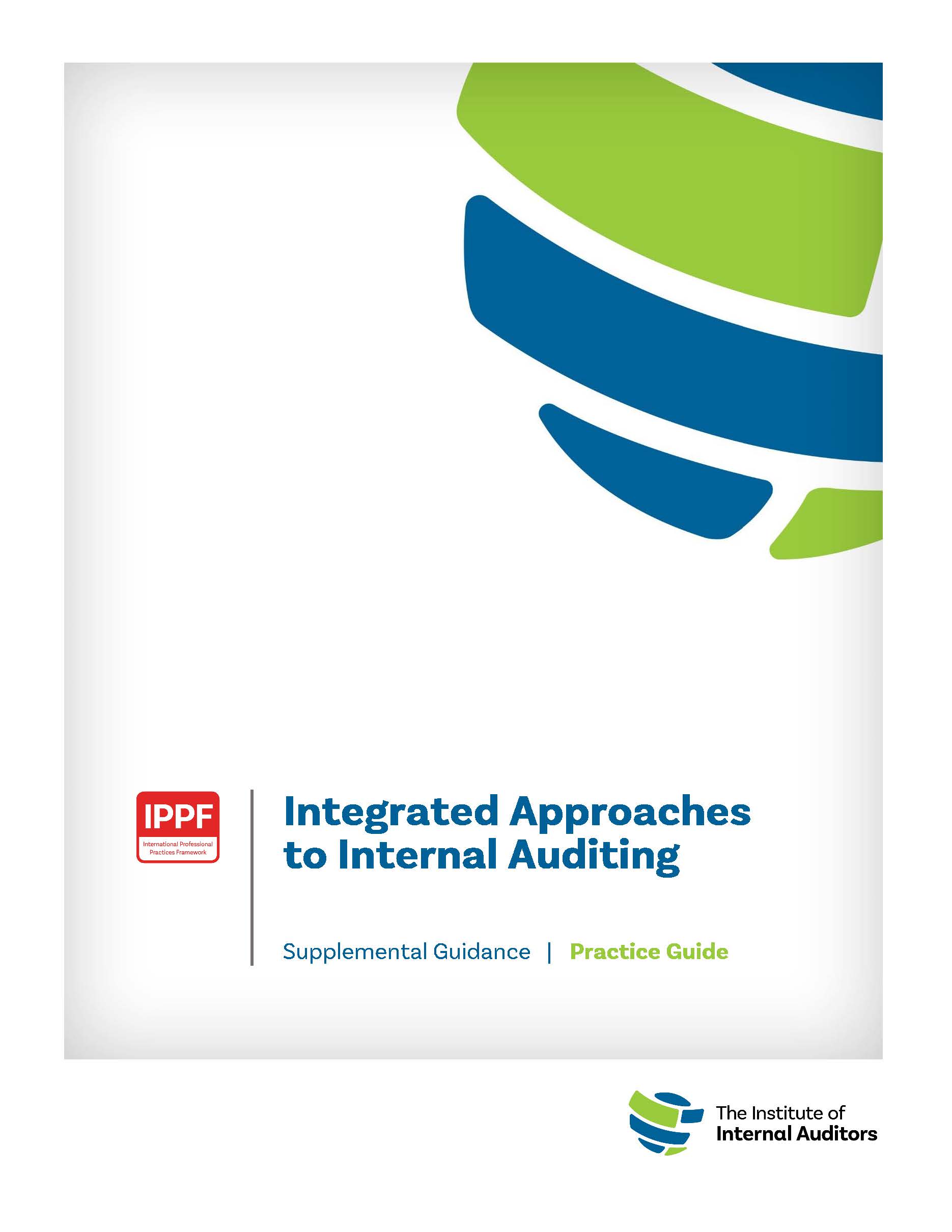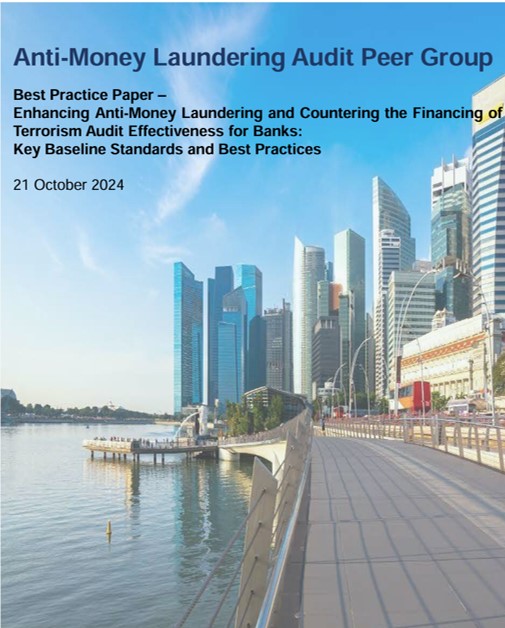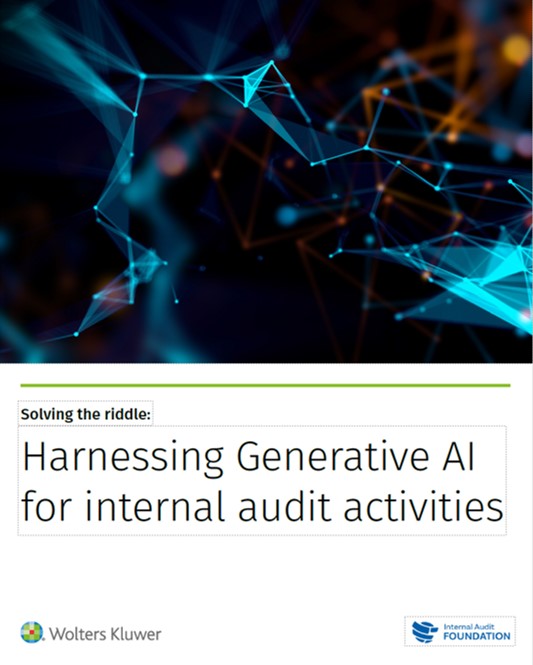An updated practice guide from the IIA.
The phrase «integrated auditing» holds little value for internal audit’s stakeholders. The key is the approach taken to integration considerations and the flexibility to deliver value based on context and the most important objectives and risks facing an entity, function, or process. To formulate their audit plans, auditors need more flexibility in considering integration options in a systematic way.
Integration considerations should cross all elements of the audit process that may provide beneficial results. Integration options can be broadly considered over four stages of the internal auditing process:
- Audit objectives and scope.
- Audit techniques and execution.
- Resource management and knowledge-sharing.
- Reporting and issues/solutions management.
These broader stages are intended to help auditors more systematically consider their integration options and may stimulate more innovative thinking and actions. The guide also features a section devoted to small audit functions. With limited staff and resources, these departments are often challenged to provide adequate risk coverage to their organizations.
This practice guide replaces «Integrated Auditing» released in 2012.




